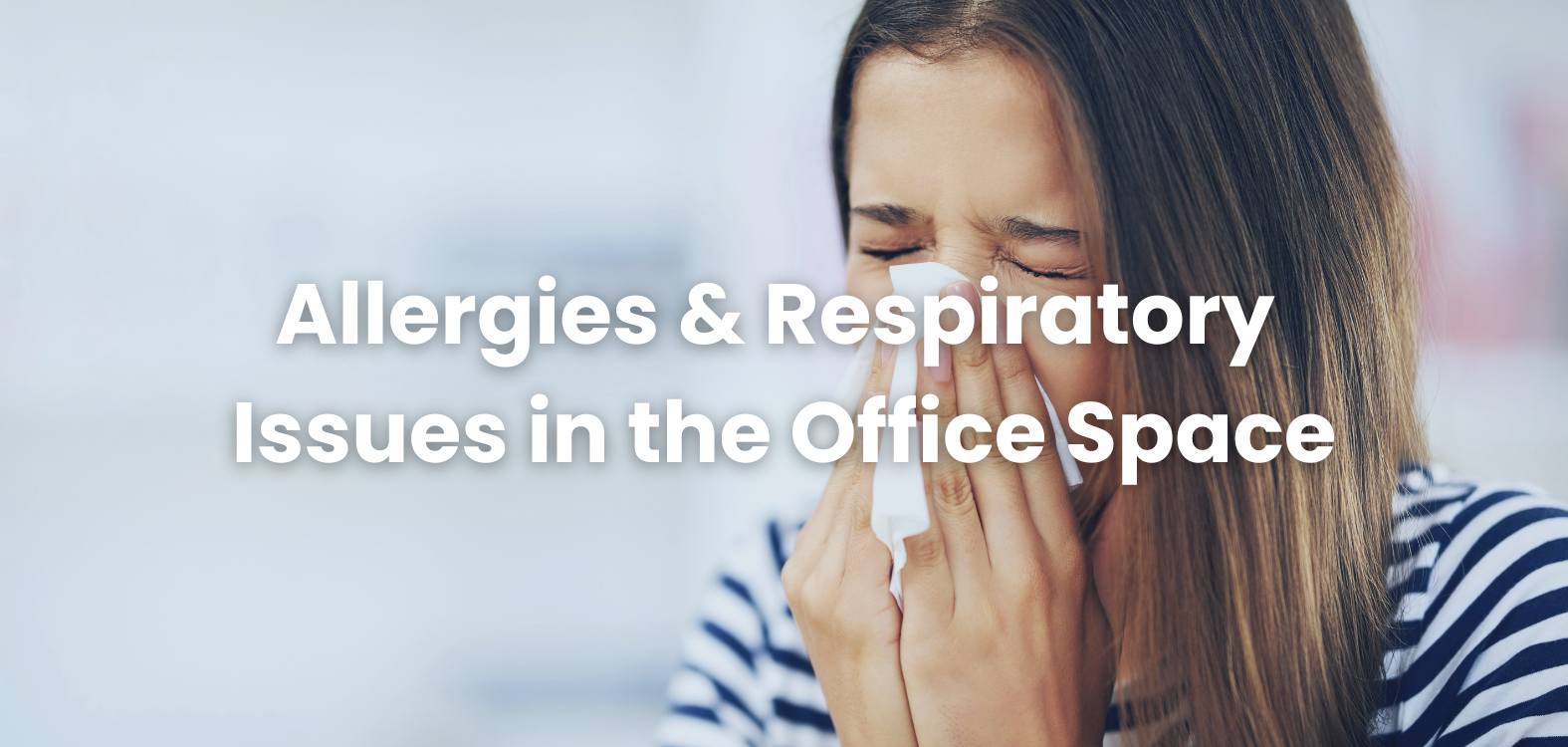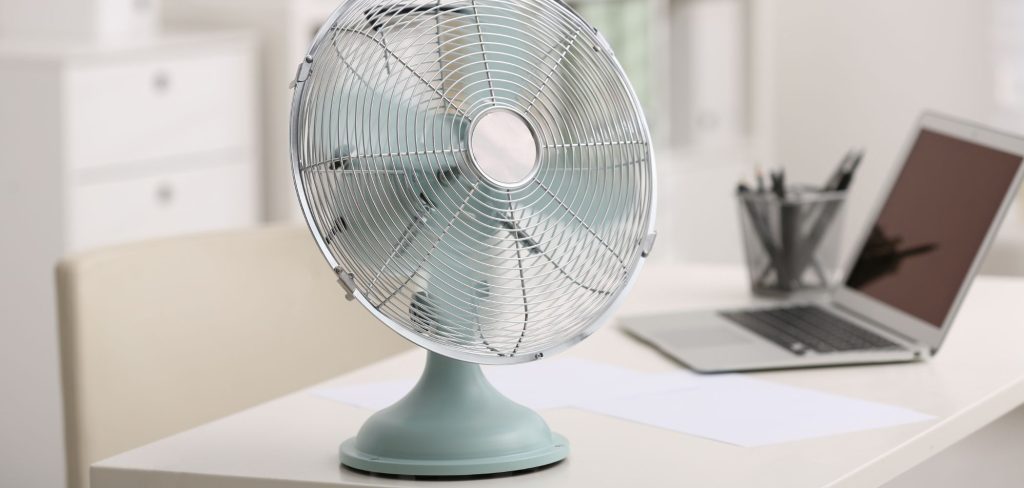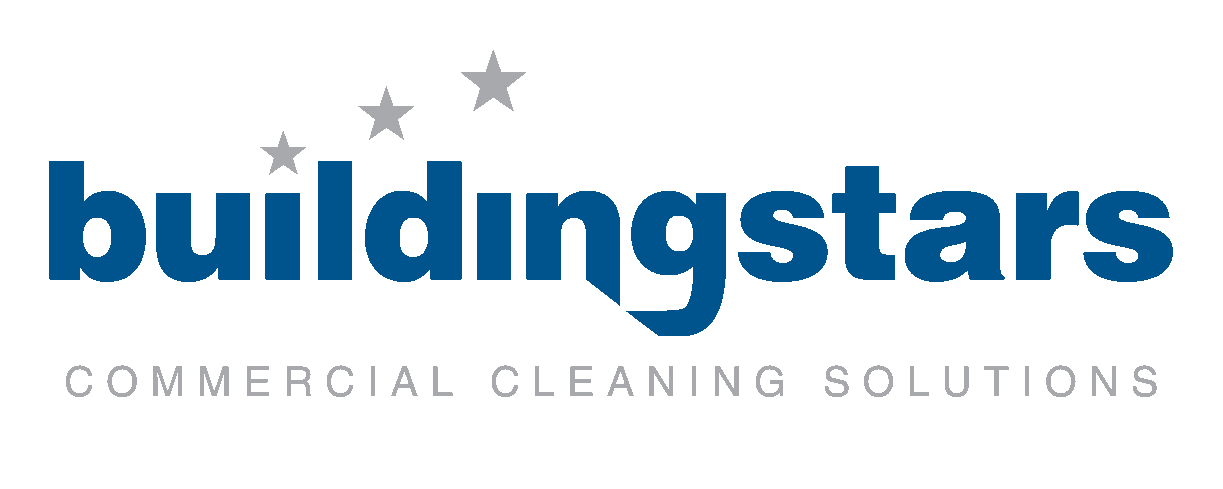Allergies and Respiratory Issues in the Office Space

In today’s fast-paced world, many of us spend a significant portion of our lives in the office.
While we focus on deadlines and meetings, we often overlook the impact of the office environment on our health.
Allergies and respiratory issues can be quite common in the workplace, and they can significantly affect our well-being and productivity. In this article, we’ll delve into the causes, symptoms, prevention, and management of allergies and respiratory issues in the office space.
Introduction
The modern workplace is designed for efficiency and productivity, but it can also harbor hidden health hazards. Allergies and respiratory issues are among the most common health concerns faced by office workers. Understanding their causes and how to mitigate them is crucial for maintaining a healthy and comfortable work environment.
Understanding Allergies and Respiratory Issues
What are Allergies?
Allergies are immune system responses to substances that are usually harmless but trigger an allergic reaction in some individuals. These substances, known as allergens, can be found in various forms within the office environment.
Types of Respiratory Issues
Respiratory issues encompass a range of conditions affecting the lungs and airways. Common respiratory issues include
- Asthma
- Bronchitis
- Chronic obstructive pulmonary disease (COPD)
These conditions can be exacerbated by allergens in the office.
Common Allergens in the Office
Dust Mites
Dust mites are microscopic arachnids that thrive in indoor environments, particularly in areas where dust accumulates.
These tiny creatures feed on dead skin cells shed by humans and pets, making our homes and offices their ideal habitat. In office spaces, dust mites often find refuge in carpets, curtains, and upholstered furniture, where they multiply rapidly.
When disturbed, dust mites release particles that can become airborne, triggering allergic reactions in susceptible individuals. These reactions may include sneezing, itchy eyes, and respiratory discomfort, making it essential to address dust mite infestations through regular cleaning and proper ventilation to maintain a healthy office environment.
Mold
Mold, a type of fungus, can be a persistent issue in office environments, especially in areas with inadequate ventilation and elevated humidity levels.
It typically manifests as a fuzzy, discolored growth on surfaces like walls, ceilings, and office equipment. Mold reproduces by releasing tiny spores into the air, which, when inhaled by office workers, can lead to various health problems.
Prolonged exposure to mold spores may cause allergic reactions, respiratory issues, such as coughing and congestion, and eye irritation. Preventing mold growth requires maintaining proper ventilation, addressing water leaks promptly, and implementing regular cleaning routines to keep the office environment healthy and conducive to productivity.
Pollen
Pollen, often associated with outdoor spaces, can also infiltrate indoor office environments, particularly if the workplace is located near green areas with trees and plants.
This fine, powdery substance is carried by the wind and can find its way indoors through open windows and doors.
Pollen allergies can cause uncomfortable symptoms such as sneezing, itching, and nasal congestion, making it important for office workers to be mindful of the local flora and its impact on indoor air quality during peak pollen seasons.

Pet Dander
Pet dander, comprised of tiny, lightweight particles of skin, hair, and saliva from cats, dogs, and other furry animals, can be an unexpected allergen in the office space.
Employees who have pets at home can unknowingly carry these allergens into the office on their clothing or personal belongings. This can be problematic for individuals who are allergic to pet dander, leading to symptoms such as sneezing, itching, and congestion while at work.
Office managers and employees should be aware of the potential presence of pet dander and take steps to minimize its impact on indoor air quality, particularly in shared workspaces.
in your inbox. Keep leaning how to keep a
clean and healthy workspace.
Symptoms of Allergies and Respiratory Issues
- Sneezing and Runny Nose – Frequent sneezing and a runny nose are classic allergy symptoms. They can be disruptive at work and affect your concentration.
- Itchy or Watery Eyes – Allergies often lead to itchy and watery eyes, making it uncomfortable to work on a computer or read documents.
- Coughing and Wheezing – Respiratory issues like asthma can cause persistent coughing and wheezing, impacting your ability to breathe comfortably.
- Shortness of Breath – Severe allergic reactions or exacerbations of respiratory conditions can lead to shortness of breath, which is a cause for concern.
Preventing Allergies and Respiratory Issues

Regular Cleaning and Ventilation
Maintaining a clean and well-ventilated office space is essential for reducing allergens and promoting respiratory health.
Regular cleaning routines should include vacuuming carpets and upholstered furniture, dusting surfaces, and cleaning air vents and ducts. Adequate ventilation, achieved through the use of air purifiers or open windows, helps to circulate fresh air and lower humidity levels, thereby minimizing the growth of allergenic substances like dust mites and mold.
Implementing these practices ensures a healthier and more comfortable workspace for all employees.
Allergen-Proofing Your Workspace
Taking proactive measures to allergen-proof your workspace can significantly improve your indoor air quality.
Consider using allergen-proof covers for your office furniture, such as chairs and sofas, to prevent the accumulation of dust mites and pet dander.
Additionally, investing in high-efficiency particulate air (HEPA) filters for your office’s heating, ventilation, and air conditioning (HVAC) system can help trap airborne allergens, ensuring cleaner air for everyone in the office.
These precautions create a more comfortable and allergen-free environment, particularly for those prone to allergies and respiratory issues.
Personal Hygiene
Maintaining good personal hygiene is a crucial aspect of minimizing the spread of allergens in the office.
Encourage employees to wash their hands frequently, especially after touching animals, dusty surfaces, or communal equipment.
Avoiding wearing clothing that has come into contact with pet dander or outdoor allergens can also help prevent allergen transfer to the workplace.
By promoting these hygiene practices, employees can collectively contribute to a healthier and more allergen-free office environment.
Ready to experience a new shine?
Transform your space with a touch of cleaning excellence.
Managing Allergies at Work
Over-the-Counter Medications
Over-the-counter allergy medications, such as antihistamines and decongestants, can provide quick relief from common allergy symptoms like sneezing, itching, and nasal congestion.
These medications are readily available and can be a convenient solution for managing mild to moderate allergies at work.
However, it’s essential to consult with a healthcare professional before using them, especially if you have any underlying health conditions or are taking other medications.
Allergy Shots
For individuals with severe or persistent allergies, allergy shots, also known as immunotherapy, can be a highly effective long-term solution.
These shots work by gradually desensitizing the immune system to specific allergens, reducing the severity of allergic reactions over time.
While they require a more extended commitment, allergy shots can significantly improve an individual’s quality of life, especially if office allergens are a frequent concern.
Adjusting Your Work Habits
Adapting your work habits can make a notable difference in managing allergies at the office. For instance, during high pollen seasons, consider adjusting your outdoor break times to minimize exposure.
Additionally, using a desk air purifier can help reduce allergen levels directly around your workspace.
Making these small changes can contribute to a more comfortable and productive work experience, even if you’re prone to allergies or respiratory issues.

Creating an Allergy-Friendly Office Environment
Creating an allergy-friendly office environment involves a multifaceted approach aimed at ensuring the health and comfort of all employees. Employers should consider investing in furniture and furnishings that are designed to minimize allergen retention, such as easy-to-clean chairs and desks.
Regular professional cleaning services should be scheduled to target allergen sources like carpets, upholstery, and air ducts.
Additionally, maintaining optimal air quality is crucial, achieved through the use of HEPA filters and proper ventilation systems to reduce allergen levels and the risk of mold growth.
Employee education and awareness campaigns can promote a culture of cleanliness and allergen control, encouraging everyone to play their part in maintaining a healthy workspace.
Wellness Programs and Their Role
Wellness programs play a vital role in promoting a healthy and productive office environment.
They can include initiatives related to allergy and respiratory health, such as seminars on allergen control, stress management, and maintaining a healthy work-life balance. Wellness programs also provide opportunities for employees to access resources and information about managing allergies and respiratory conditions.
These programs can contribute to improved employee morale, lower absenteeism, and increased job satisfaction, creating a more positive workplace culture that prioritizes the well-being of its staff.
The Importance of Communication
Effective communication is the linchpin of managing allergies and respiratory issues in the workplace.
Employees should feel comfortable sharing their concerns about allergen exposure with their colleagues and supervisors. Transparency in discussing allergies and respiratory conditions can help coworkers understand the specific needs of their peers and make necessary adjustments.
Employers should encourage open dialogue, implement clear policies regarding allergen control, and ensure that employees are aware of available accommodations and resources.
Effective communication fosters empathy and collaboration, ultimately leading to a more inclusive and supportive work environment for all.
Conclusion
Allergies and respiratory issues can significantly impact our work and well-being in the office.
By understanding the causes and taking preventive measures, we can create a healthier and more comfortable workspace.
Remember, a healthy employee is a productive employee.
Frequently Asked Questions (FAQs)
Yes, exposure to new allergens in the office environment can lead to the development of allergies over time.
Yes, high-quality air purifiers with HEPA filters can help reduce allergens in the office.
Yes, employers can make accommodations, such as providing allergy-friendly office equipment or allowing remote work when necessary.
Some natural remedies, like saline nasal rinses and steam inhalation, can provide relief for mild allergy symptoms.
Consider having a private conversation with your coworkers and supervisor to explain your allergies and how they can help create a more comfortable work environment for everyone.
